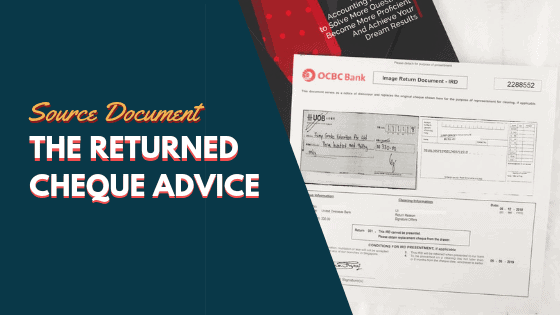INTERNATIONAL STANDARDS & ACCOUNTING TERMINOLOGY
The terminology for accounting varies across different levels of study. Those of you who have moved on to study accounting at tertiary level would agree – terms like debtors and creditors have a different meaning in ICCI, CAT, ACCA and other accounting diploma/degree programs.
The term Debtors used for O’/N’ Level, for example, becomes Accounts Receiveable at the diploma/degree level. The following table lists the difference between the international usage of accounting terms against that which is used and accepted by The University of Cambridge International Exams (CIE).
Please note: GCE O’/N’ Level candidates will not be penalised for using different terms.
| International usage | Current CIE/UK usage |
| Balance sheet | Balance sheet |
| Bank (and other) loans/ Interest bearinq loans and borrowinq | Loans repayable after 12 months |
| Bank overdrafts and loans/ Interest bearinq loans and borrowinq | Loans repayable within 12 months |
| Capital or Equity/
Shareholders’ Equity |
Capital |
| Cash (and cash equivalents) | Bank and cash |
| Cost of Sales | Cost of qoods sold |
| Current assets | Current assets |
| Current liabilities | Current liabilities. Creditors: amounts due within 12 months |
| Finance costs | Interest payable |
| Finance Income/Investment revenues | Interest receivable |
| Financial Statements | Final accounts |
| Gross profit | Gross profit |
| Income statement | Tradinq and Profit & Loss account |
| Intanqible assets | Goodwill etc. |
| Inventory/ Inventories(of raw materials and finished qoods) | Stock |
| Investment property | Investments |
| Non-current assets | Fixed assets |
| Non-current liabilities | Long term liabilities. Creditors: amounts falling due after more than one year |








